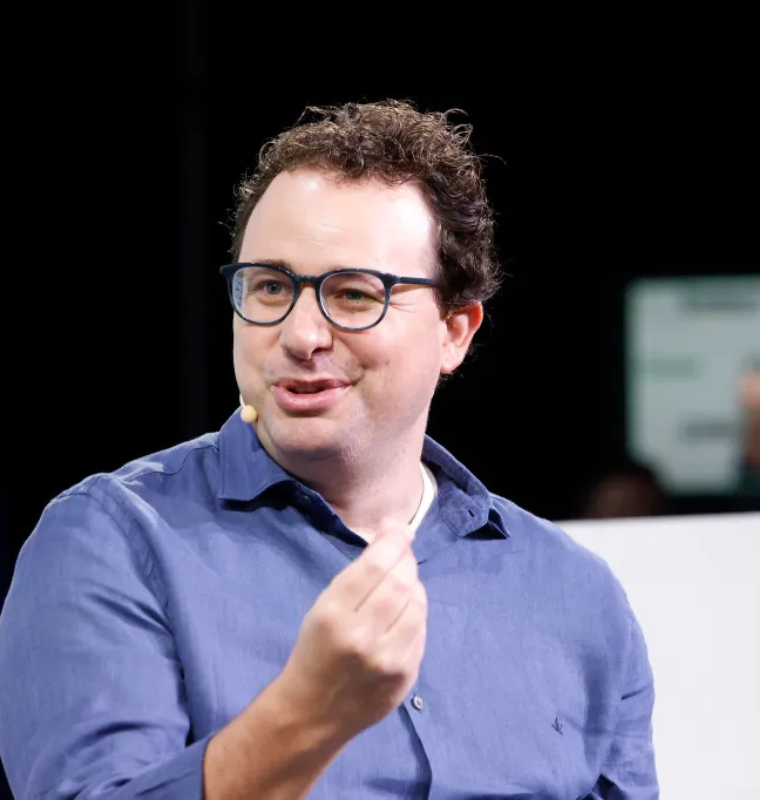Trump Pressures Zelenskyy to Take Lead in Ending War with Russia
Trump Pressures Zelenskyy to Take Lead in Ending War with Russia
By
Calder Monroe
Last updated:
August 18, 2025
First Published:
August 18, 2025

Photo: The Times
U.S. President Donald Trump has placed responsibility for ending the ongoing Russia-Ukraine war squarely on Ukrainian President Volodymyr Zelenskyy, just days before a high-stakes meeting in Washington.
In a pointed message posted on Truth Social, Trump said Zelenskyy could “end the war with Russia almost immediately, if he wants to, or he can continue to fight.” The comments, echoing Kremlin demands, underscored Trump’s belief that the Ukrainian leader faces a binary choice—pursue peace or prolong the conflict.
Trump’s Message Ahead of Washington Summit
The remarks come in advance of Trump’s scheduled meeting with Zelenskyy and European leaders on August 18 in Washington. The summit is expected to focus on Ukraine’s defense strategy, U.S. aid commitments, and the search for a possible negotiated settlement.
This gathering follows Trump’s three-hour talks with Russian President Vladimir Putin in Alaska on August 15. While no ceasefire deal emerged from the discussions, both sides described them as “productive,” with proposals quietly exchanged regarding a freeze in the fighting.
Russia’s Demands and Ukraine’s Position
In his post, Trump referenced Crimea—annexed by Russia in 2014—saying, “Remember how it started. No getting back Obama given Crimea (12 years ago, without a shot being fired!), and NO GOING INTO NATO BY UKRAINE.” This language mirrors long-standing Russian conditions: international recognition of Crimea as Russian territory and a pledge that Ukraine will never join NATO.
Moscow launched its full-scale invasion of Ukraine in February 2022, escalating what had been an eight-year hybrid conflict into Europe’s largest war since World War II. More than 500,000 people have been killed or wounded since the war began, according to U.S. intelligence estimates, with millions displaced across Europe.
Ahead of the upcoming summit, Trump reportedly relayed that Moscow had offered to freeze most current frontlines if Ukraine withdrew from the eastern regions of Donetsk and Luhansk. Zelenskyy rejected the idea, calling it unacceptable because it would leave Ukraine exposed to future Russian offensives.
Currently, Ukraine controls roughly 25% of Donetsk, including the heavily fortified “fortress belt” of cities that Kyiv considers vital for national defense.
Trump’s Public Push for a Deal
In a Fox News interview after his meeting with Putin, Trump emphasized his view that Ukraine should consider negotiations seriously. “Look, Russia is a very big power, and [Ukraine is] not. They’re great soldiers,” Trump said, suggesting the imbalance of military capacity makes a long-term battlefield victory for Kyiv unlikely.
Zelenskyy, however, has repeatedly insisted that peace cannot come at the cost of Ukraine’s sovereignty or territorial integrity. His government continues to press for greater Western support, with U.S. and EU aid packages already surpassing $170 billion since 2022.
Wider International Response
International reactions remain mixed. While European allies have largely supported Ukraine’s refusal to cede territory, fatigue over the prolonged war is beginning to show in parts of Europe and the U.S. Some leaders fear the economic toll—energy disruptions, rising defense budgets, and global food shortages—will only worsen if the war drags on.
Former U.S. Secretary of State Antony Blinken framed the conflict starkly in 2024 when he told the United Nations: “If Russia stops fighting, the war ends. If Ukraine stops fighting, Ukraine ends.” His words continue to resonate as Ukraine weighs immense pressure both on the battlefield and in diplomatic corridors.
What’s Next
The August 18 summit in Washington may set the stage for one of the most consequential debates of the war so far: whether Ukraine should press forward militarily in hopes of eventual breakthroughs or consider political compromises to secure an immediate, if fragile, peace.
For now, Trump’s message adds new weight to the question of how much choice Zelenskyy truly has—and how the world’s response could shape the next chapter of the conflict.
Popular articles
Subscribe to unlock premium content
Global Cultures and the Hidden Drivers of Productivity and Happiness

The Future of Personalized Medicine

Digital Nomads and the New Global Economy

Global Cultures and the Hidden Drivers of Productivity and Happiness

The Future of Personalized Medicine

Global Cultures and the Hidden Drivers of Productivity and Happiness









